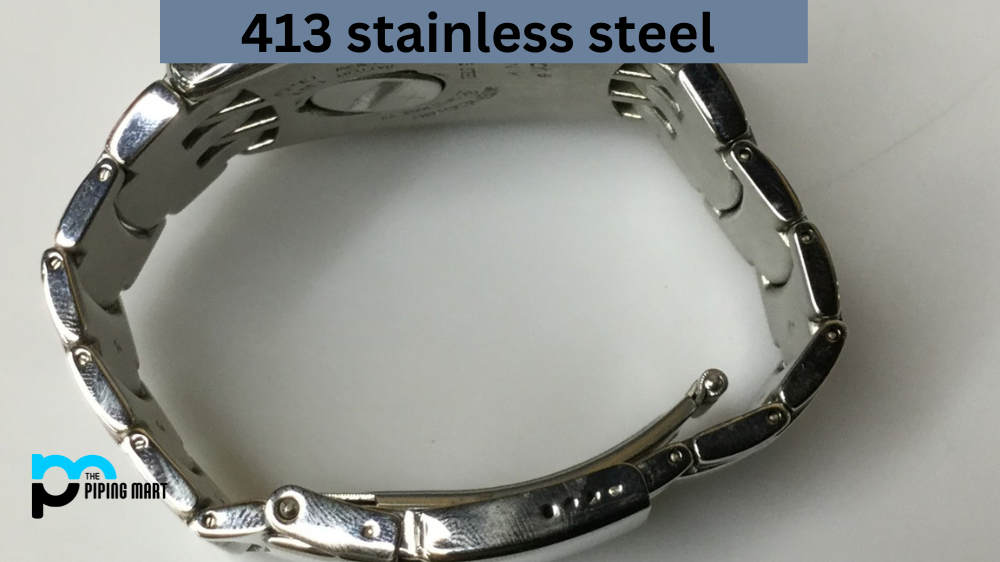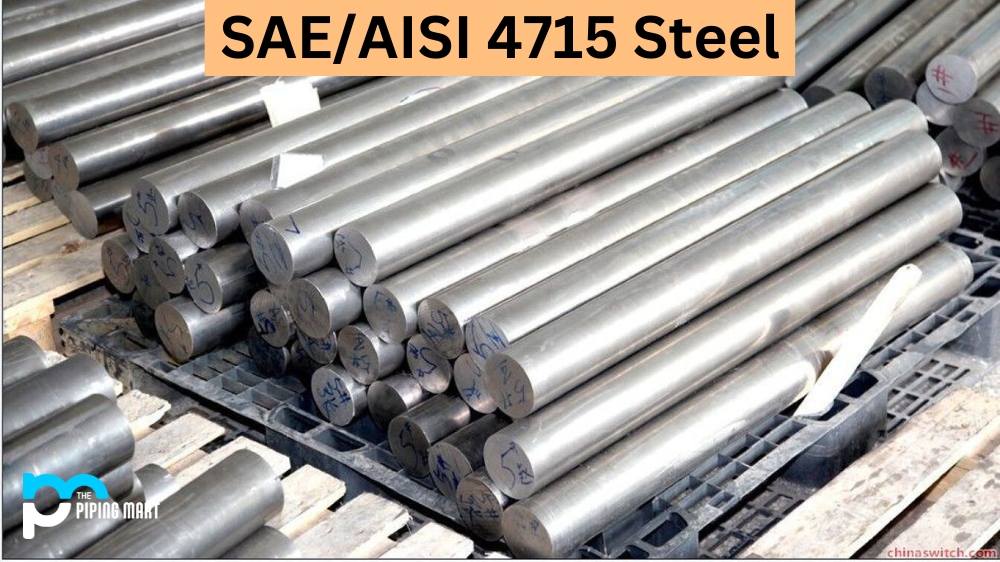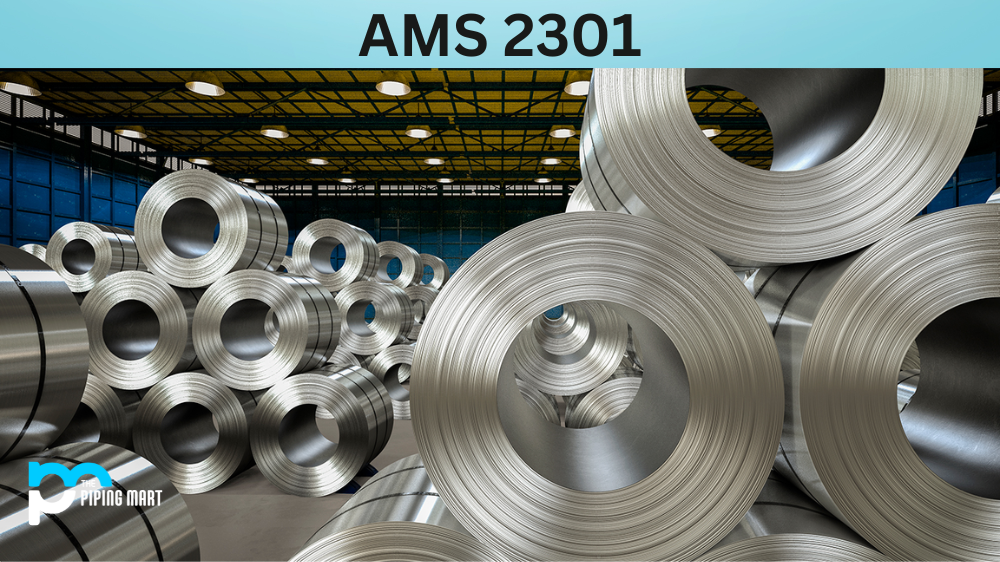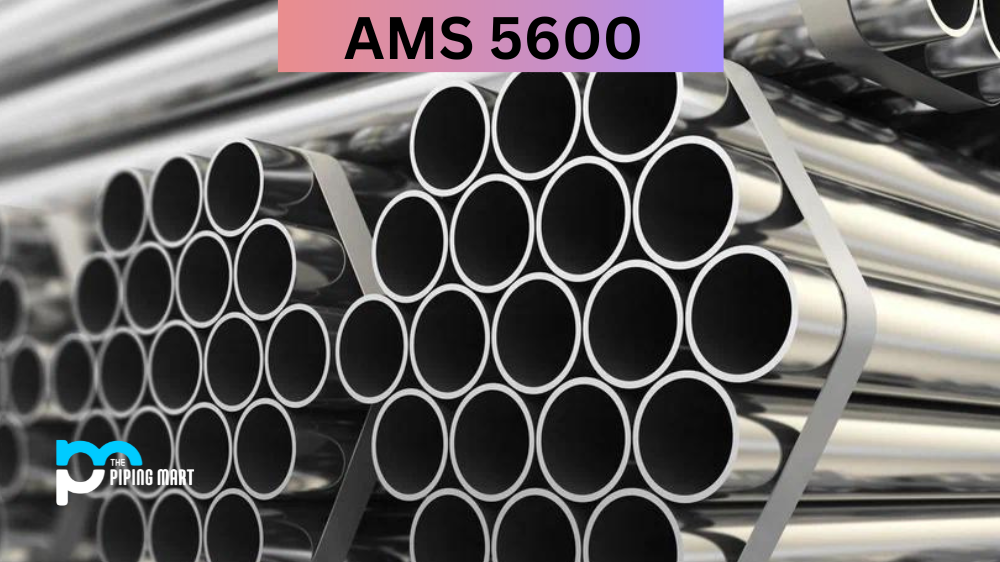SS 413 is a martensitic alloy made with 11% chromium, which makes it corrosion-resistant and highly durable. It is often used for parts that require strength in high-temperature environments, like turbine blades and fasteners. Let’s take a closer look at the properties and uses of this alloy.
What Forms is 413 Stainless Steel Available at Piping Mart?
- Nut
- Bar
- Bolt
- Pipe
- Screw
- Tubing
- Valves
- Washers
- Flanges
- Fasteners
- Electrodes
- Stud Bolts
- Sheet Plates
- Pipe Fittings
- Forged Fitting
- Instrumentation Fittings
413 Stainless Steel Composition
413 stainless steel is an iron-based alloy with a high chromium content, providing superior corrosion resistance properties compared to Inconel sheets. Its high silicon content also makes it well-suited for welding and metalworking projects, as the material is more malleable and stable at higher temperatures. Composition-wise, 413 stainless steel typically features around 11 percent chromium and 1.25 percent manganese, making it an excellent all-rounder in terms of strength and durability.
413 Stainless Steel Physical Properties
SS 413 is often used in Inconel sheeting and other construction materials, due to its exceptionally high strength-to-weight ratio. 413 stainless steel was developed specifically with the aim of providing superior mechanical properties as compared to traditional alloys. It has an ultimate tensile strength of 1,960MPa, yield strength of 1,300MPa, and elongation of 34%. Additionally, it is corrosion-resistant against acidic liquids and gases, making it suitable for a variety of industrial applications that require durability and long-term reliability. Overall, 413 stainless steel provides unique physical properties that are well-suited for a wide range of products and applications.
413 Stainless Steel Mechanical Properties
UNS S43100 is an alloy comparable to Inconel in incredible mechanical properties. It contains high concentrations of chromium and nickel which give it a high strength-to-weight ratio and excellent corrosion resistance. The tensile strength of 413 stainless steel measured at room temperature is 776 MPa, while its yield strength measures 589 MPa with an elongation of 45%. Its hardness decreases through using softening treatments such as annealing or tempering. With these impressive qualities, 413 stainless steel can withstand a variety of applications including construction, pressure vessels, chemical equipment, and food processing systems.
413 Stainless Steel Properties
Corrosion Resistance
One of the primary properties of 413 stainless steel is its resistance to corrosion. This steel alloy contains chromium, which forms a thin layer of oxide on the surface of the metal that protects it from further corrosion. Additionally, 413 stainless steel is resistant to acidic environments and can withstand high temperatures, making it ideal for use in a variety of industries.
Strength and Durability
Another key property of 413 stainless steel is its strength and durability. This steel alloy is designed to resist deformation and wear, making it ideal for applications where high levels of mechanical stress are present. Additionally, 413 stainless steel has a high resistance to fatigue, meaning it can withstand repeated cycling without failure.
Weldability
In addition to its other properties, 413 stainless steel also has good weldability. This means that it can be joined to other metals using welding techniques without losing any of its strength or durability. Additionally, welded joints made with this steel alloy are often stronger than the base metal, making413 stainless steel an ideal choice for critical applications.
Ease of Machining
Another key property of 413 stainless steel is its ease of machining. This steel alloy can be machined using standard methods and tools without any special considerations, making it an ideal choice for applications where quick turnaround times are required. Additionally, the smooth surface finish of this metal makes it easy to clean and maintain after machining.
Cost-Effectiveness
Finally, 413 stainless steel is cost-effective compared to other metals with similar properties. This makes it an attractive choice for a wide range of applications where the cost of materials is a major consideration.
413 Stainless Steel Specifications
|
Grade |
UNS No |
Old British |
Euronorm |
Swedish SS |
Japanese JIS |
||
|
BS |
En |
No |
Name |
||||
|
431 |
S43100 |
431S29 |
57 |
1.4057 |
X17CrNi16-2 |
2321 |
SUS 431 |
413 Stainless Steel Alloy Uses
UNS S43100 is widely used in many different industries due to its versatile properties and durability. It is commonly used for turbine blades, fasteners, bolts, nuts, valves, pump housings, impellers, and shafts. In addition to these industrial applications, it can also be found in medical devices like implants and prosthetics as well as food processing equipment due to its superior corrosion resistance properties.
Conclusion:
Overall, 413 stainless steel is an incredibly versatile material with many desirable qualities that make it suitable for use in a variety of industrial applications requiring heat resistance or corrosion resistance properties. Its high melting point allows it to withstand extreme temperatures while its oxidation and corrosion resistance help protect against rust or wear over time. If you’re looking for an alloy that is strong yet flexible enough to be molded into various shapes and sizes depending on your needs, then consider incorporating this material into your next project!

Abhishek is a seasoned blogger and industry expert, sharing his insights and knowledge on various topics. With his research, Abhishek offers valuable insights and tips for professionals and enthusiasts. Follow him for expert advice on the latest trends and developments in the metal industry.




